Most people visit the Mediterranean to eat overpriced fish and take photos that look exactly like everyone else’s. But its gastronomic heritage is so foundational to the Mediterranean soul, it deserves its own odyssey, one we invite you to begin here.
You’re here because someone finally told you the truth: the real story isn’t on the postcards. The scent of cardamom and sea salt mingles in the air as your plane descends toward Istanbul. Below, the Bosphorus glints like hammered silver, dividing continents that have been trading stories for millennia. The Mediterranean isn’t just a sea it’s a cultural highway that connected empires for millennia. This journey traces those ancient connections through five destinations where East meets West, where civilizations borrowed from each other to create something entirely new. From Istanbul’s layered history to Marseille’s vibrant fusion, you’ll discover how recipes, architectural styles, and artistic traditions traveled across these waters and experience them in settings that honor both their heritage and contemporary luxury.
Istanbul The Empire's Capital, Reimagined
The call to prayer floats across the Bosphorus at dawn, layering over the sound of ferry horns and seagulls. Step onto the marble terrace of the Four Seasons Sultanahmet a former Ottoman prison built in 1918 that once housed political prisoners and intellectuals and breathe in air thick with history and possibilities. Below, vendors wheel carts of fresh simit through streets that have heard Latin, Greek, Arabic, and Turkish for over two millennia.
Istanbul collected empires the way museums collect artifacts. Roman foundations, Byzantine churches, Ottoman palaces each civilization added to the city rather than erasing what came before. The hotel itself rests on Byzantine Great Palace ruins from Constantine I’s 4th-century court, where guests now sleep in former cells designed with limited views by Ottoman architects who prioritized containment over vistas. Above the Spice Bazaar, where cardamom and sumac perfume the air, Pandeli continues serving Ottoman court cuisine including the Sultan’s Delight that Atatürk had sent by train to Ankara when governing from the capital. In Balat, once home to Jews exiled from Spain, Greeks, and Armenians, languages once layered like wallpaper and still echo in the district’s narrow streets where meyhanes serve eggplants from Persia alongside wine from Thrace.
In the Grand Bazaar’s hidden ateliers within the 500-year-old Zincirli Han caravanserai, Armenian craftsmen like Sevan Hallaçyan work in six-foot-wide storefronts, their trust-based commerce operating as it has for centuries. At night, The House Hotel Bosphorus offers private terraces where guests sip Turkish tea from tulip-shaped glasses while watching Asian and European shores blur in the darkness. From the water, aboard luxury dinner cruises where professional Turkish chefs prepare traditional cuisine over braziers, the city’s minarets and domes create a skyline that has captivated travelers for centuries. If you’d like to dive deeper into the city’s layers of history, you can listen to our interview with Serif Yenen right here.
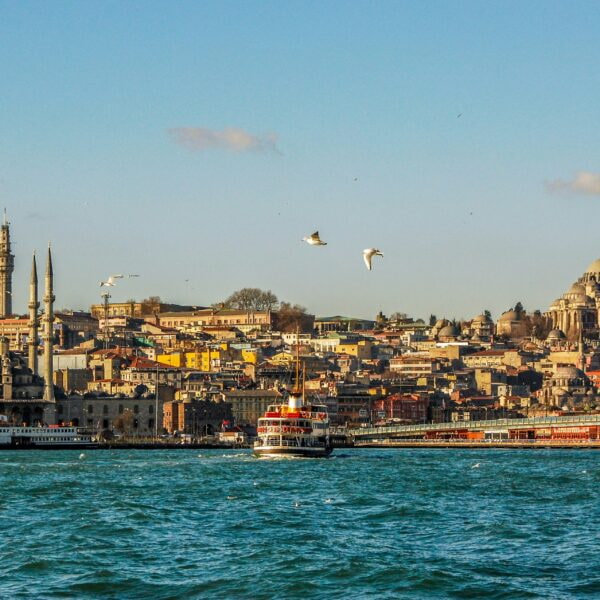
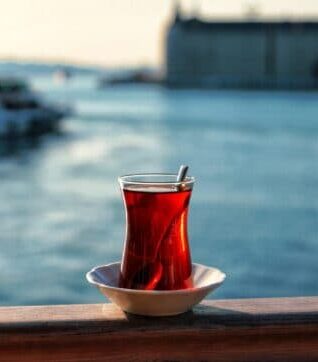
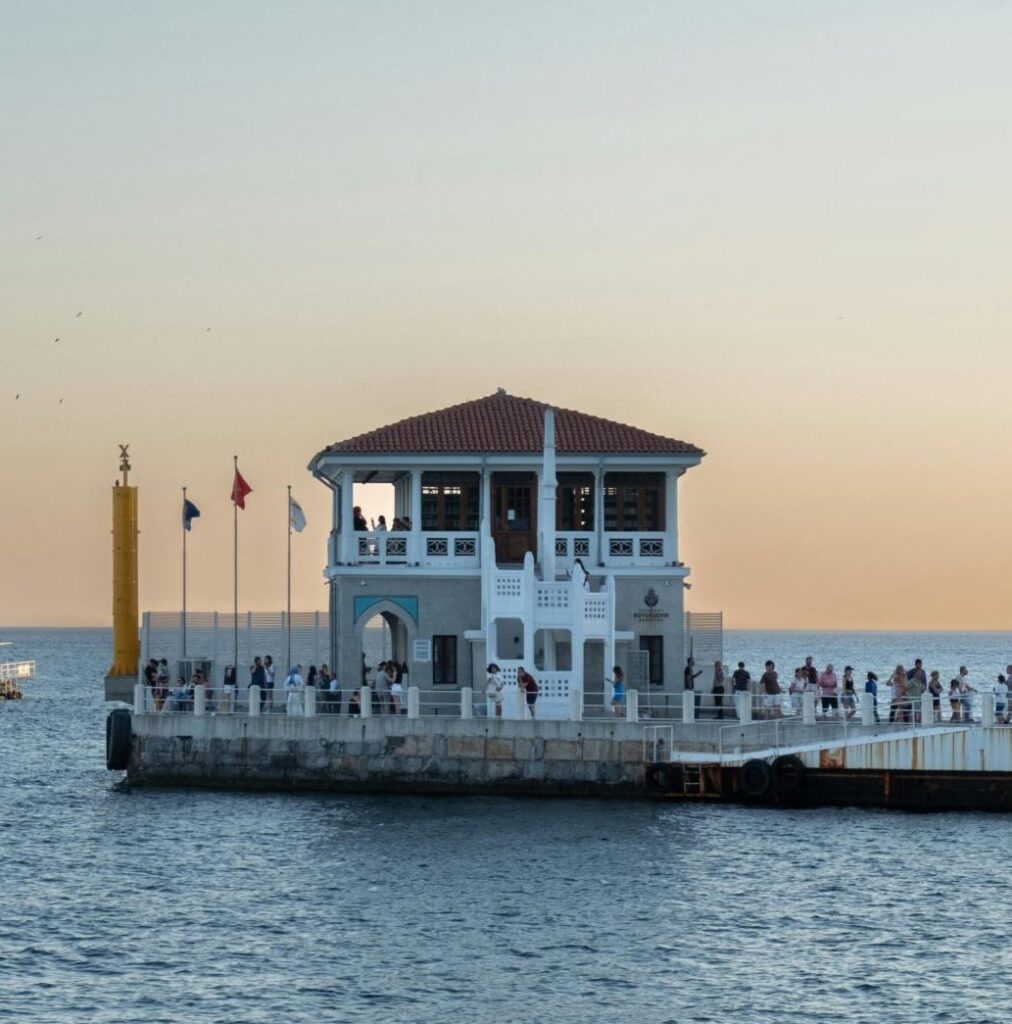
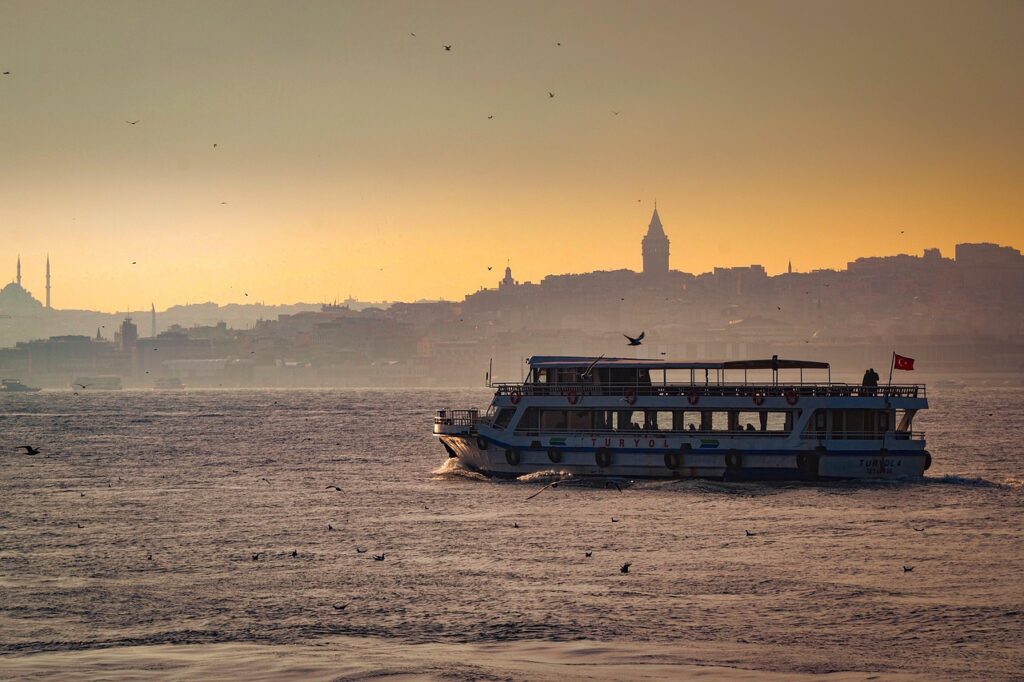
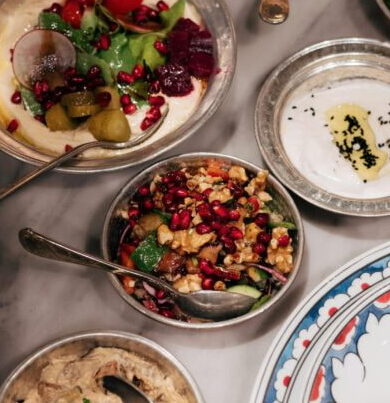

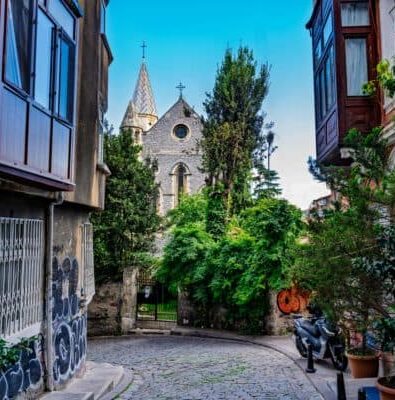
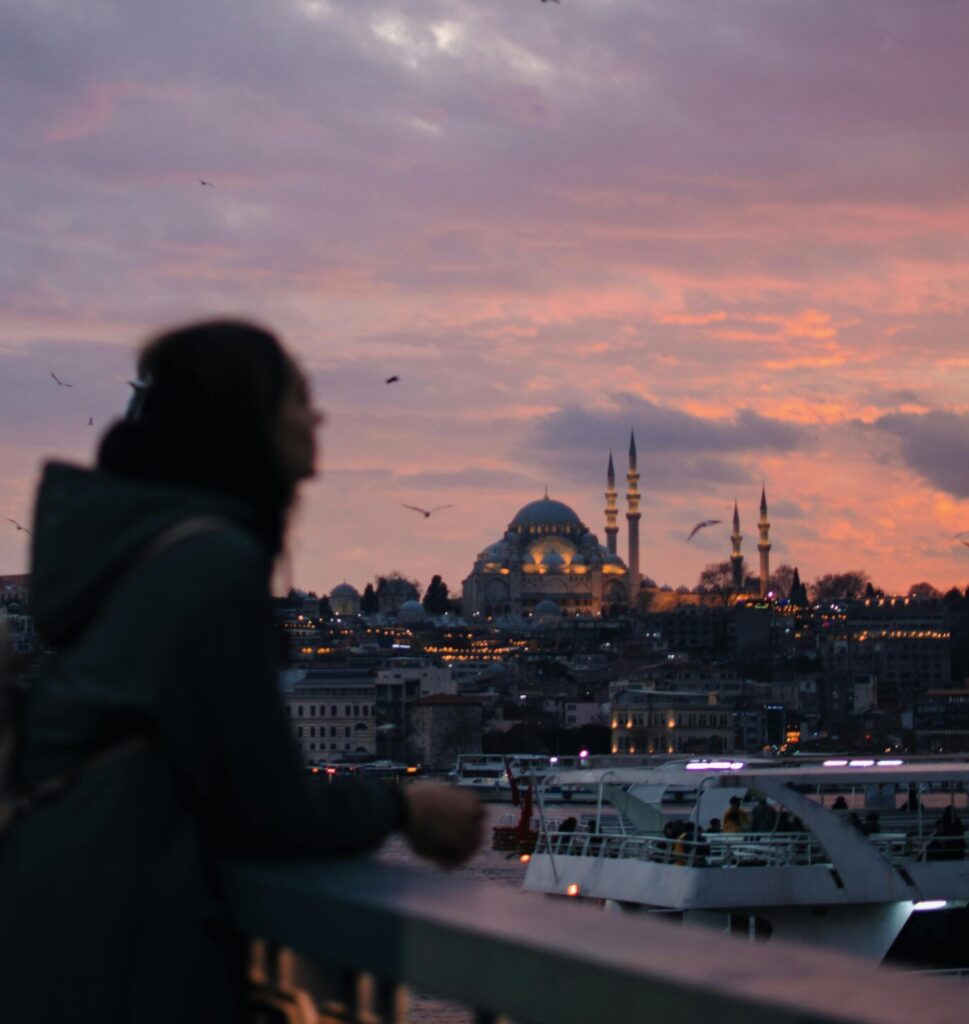
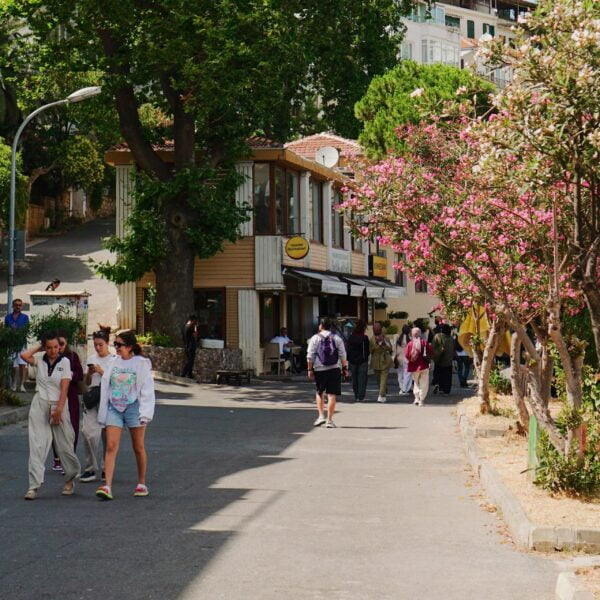
Athens & the Cyclades Where Philosophy Became Art de Vivre
The light in Athens arrives clean and sharp, revealing the honey-colored marble of the Parthenon as if it were carved yesterday. In the early morning quiet, before the heat settles over the city like a familiar embrace, you can almost hear the echo of ancient debates drifting from the Agora voices older than the columns carried on winds that have blown across these stones for millennia. The Hotel Grande Bretagne has hosted royalty since 1874 from Elizabeth Taylor and Maria Callas to Winston Churchill, who narrowly escaped an assassination attempt when resistance fighters planted dynamite in the hotel’s sewers during WWII. Guests wake in suites overlooking the Acropolis to the same light that inspired Plato, served with coffee thick as velvet and honey from Hymettus bees.
Athens invented democracy, but the Greeks perfected the art of living well. Philosophy here wasn’t just intellectual it was a practice that included wine, conversation, and the right light at the right time of day. In cafés in Exarchia, debates still hum as they always have poets quote Plato between sips of ouzo that tastes of the same anise flavoring raki in Istanbul and pastis in Marseille. At the Benaki Museum, private tours reveal Mediterranean cultural exchange through 37,000 artifacts Byzantine icons by Ilias Moskos from 1658 beside Islamic calligraphy spanning seven centuries, Ottoman textiles featuring heavily pleated Cretan dresses with gold thread embroidery. At Funky Gourmet, Chef Georgianna Hiliadaki transforms ancient Greek ingredients through molecular gastronomy her Greek Salad granita contains all traditional ingredients in frozen form, while cuttlefish “Oreo” uses squid ink for biscuit and poached flesh for cream.
The Cyclades extended this philosophy to island life on Syros, Catholic churches built by Venetian settlers echo with Orthodox choirs down hillsides, while on Mykonos, Katikies perches above Agios Ioannis beach, where infinity pools mirror the Aegean’s impossible blue and sea breeze carries the scent of wild thyme and salt. Between the islands, luxury yachts navigate waters dotted with archaeological sites like Delos, Apollo’s sacred birthplace requiring boat transport, and underwater museums including the Peristera shipwreck with 4,000 ancient wine amphorae. In hillside tavernas that overlook these hidden ruins, grilled octopus is served on village squares where old men still speak with Turkish loan words, and indigenous grape varieties like Assyrtiko grown in Santorini’s volcanic ash using traditional basket-pruning methods pour into glasses, their flavors carrying the DNA of vines that influenced vineyards from Sicily to Provence.
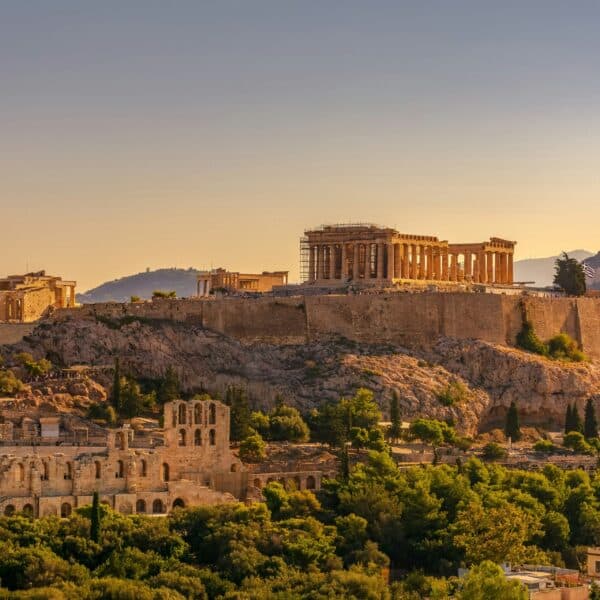
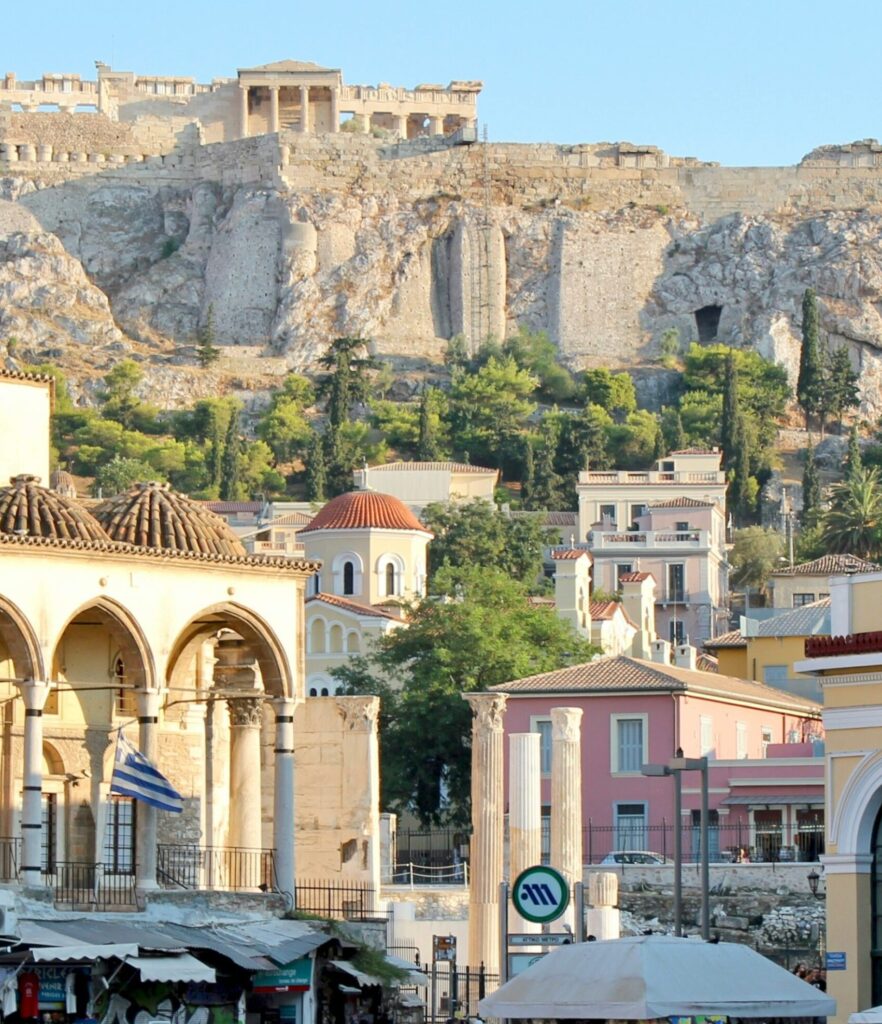
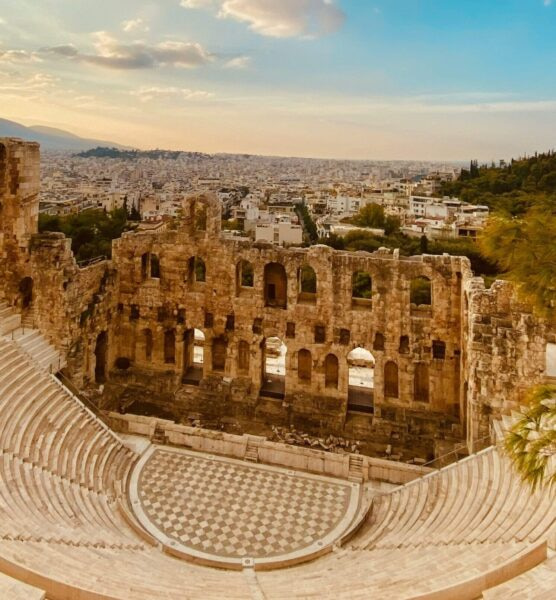
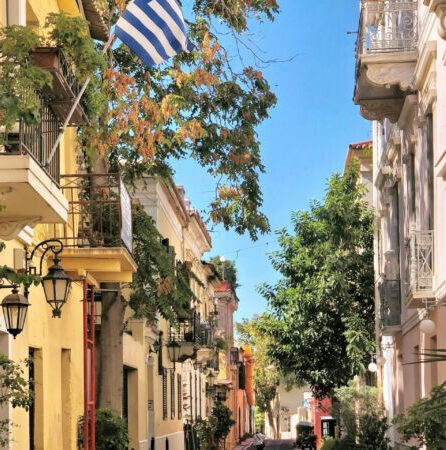
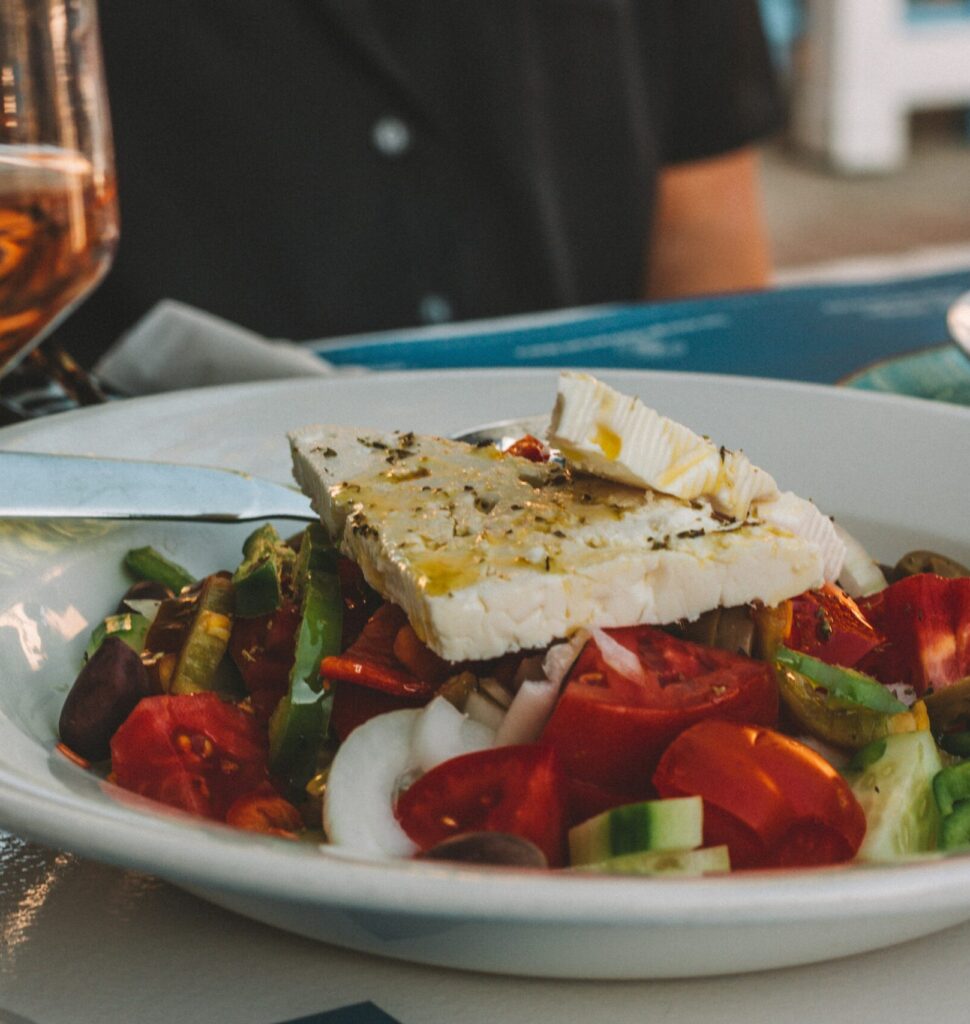
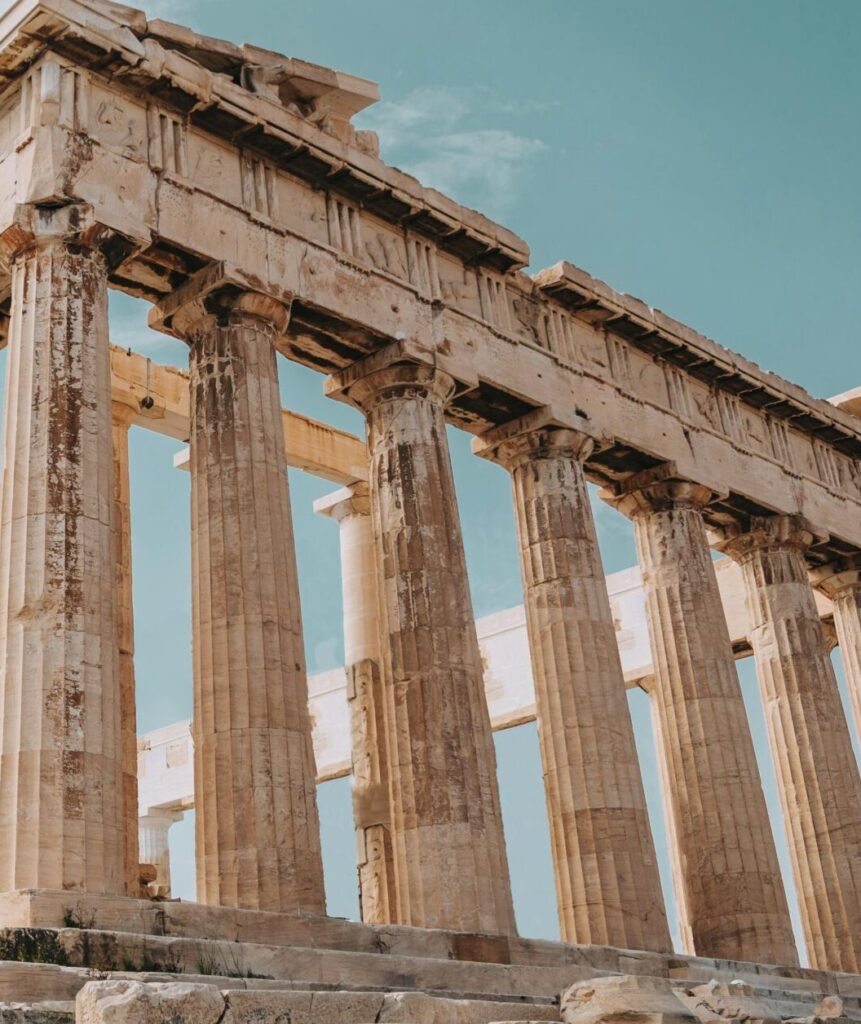
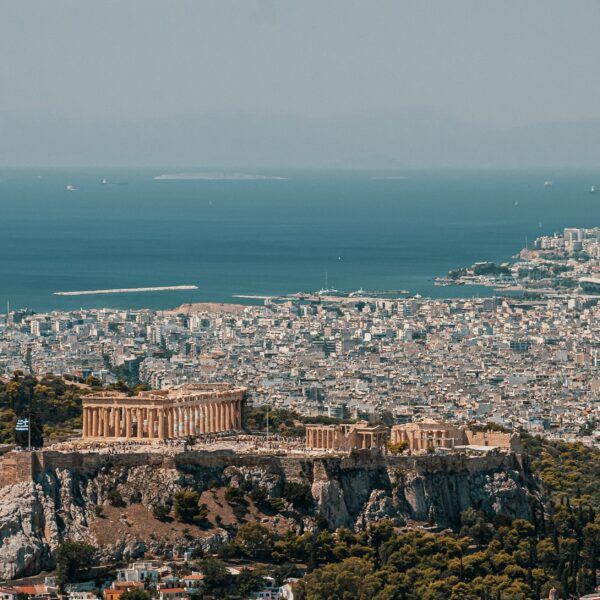
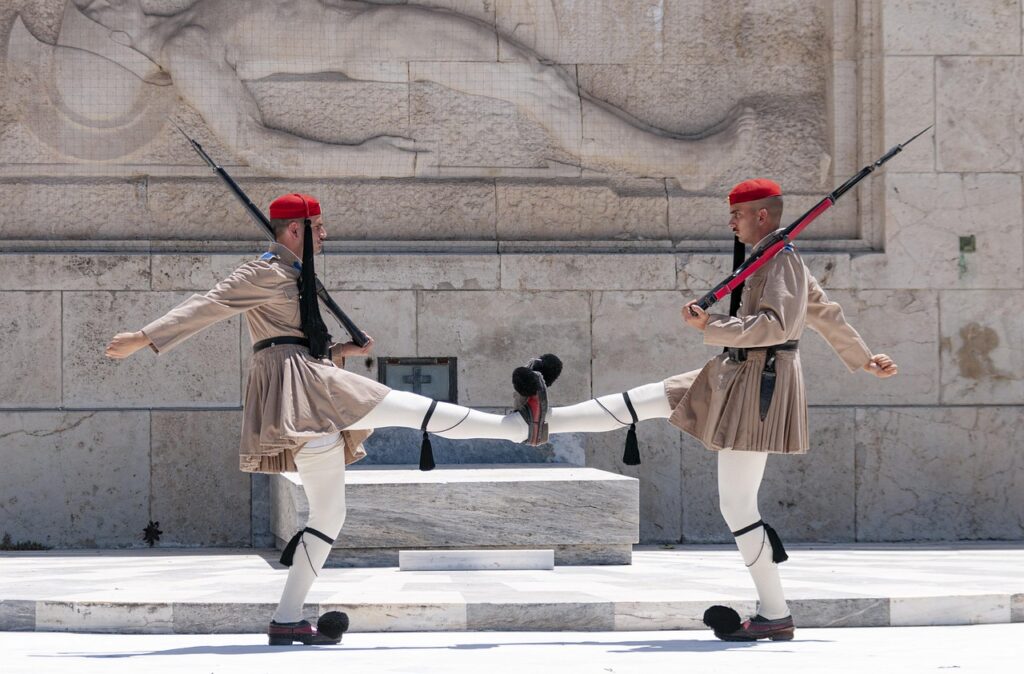
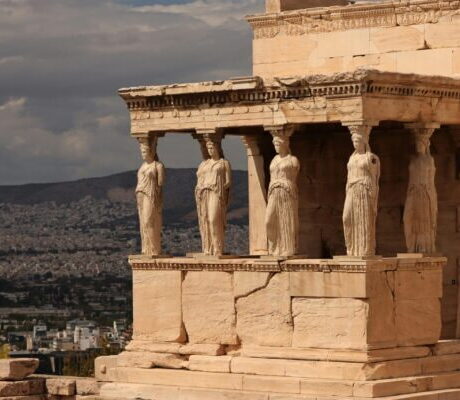
Dubrovnik Diplomacy in Stone
The limestone streets of Dubrovnik gleam like polished bone under the Adriatic sun, warm to the touch by midday. Church bells chime across the old town every hour, their bronze voices mixing with the gentle slap of waves against the city walls. While other city-states chose military might, Dubrovnik chose sophisticated neutrality. For centuries, this small republic thrived by being essential to everyone and threatening to no one.
Villa Dubrovnik carves suites into cliffsides where you fall asleep to the sound of waves and wake to sea spray on your balcony. On the city walls, Restaurant 360° serves contemporary Mediterranean cuisine where dignitaries once dined between empires, the taste of fresh sea bass enhanced by olive oil that carries the minerality of Dalmatian stone. The Pucić Palace occupies an 18th-century aristocratic mansion where each room holds the silence of centuries thick walls that once muffled diplomatic secrets now cradle guests in air perfumed with lavender and old wood. Dubrovnik’s genius was cultural translation. Ottoman silk became European fashion here. Venetian architecture incorporated Eastern details. Jewish refugees from Spain found protection and prosperity. This tradition of sophisticated synthesis continues in the city’s contemporary culture.
Private concerts take place in Renaissance palaces that once hosted diplomatic receptions. Guided walks through the Jewish quarter trace Sephardic routes from Spain to the Ottoman Empire with expert historians. Island excursions to Korčula and Lopud reveal where Venetian and Slavic cultures created unique local traditions.
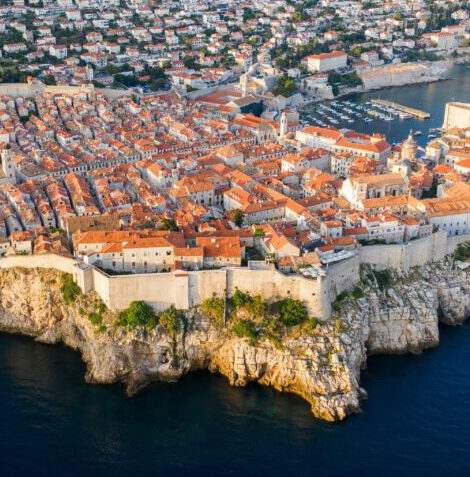
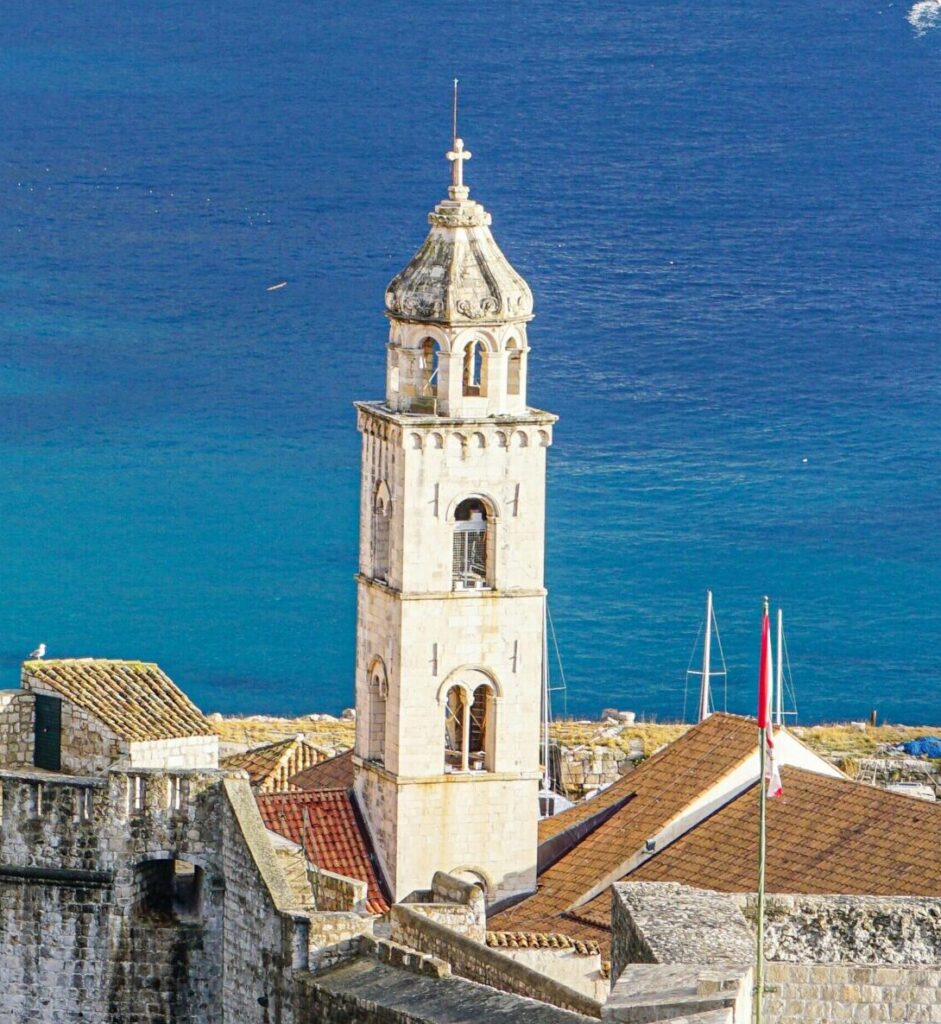
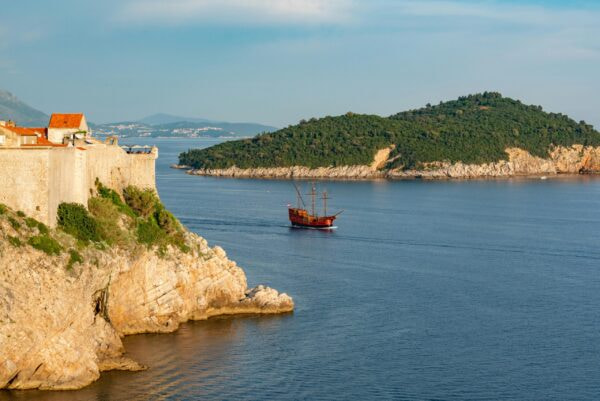
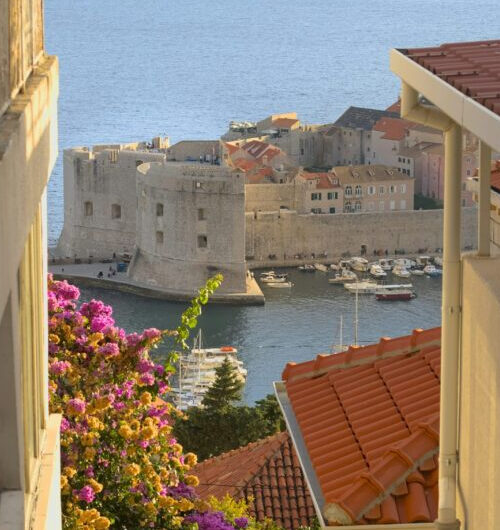
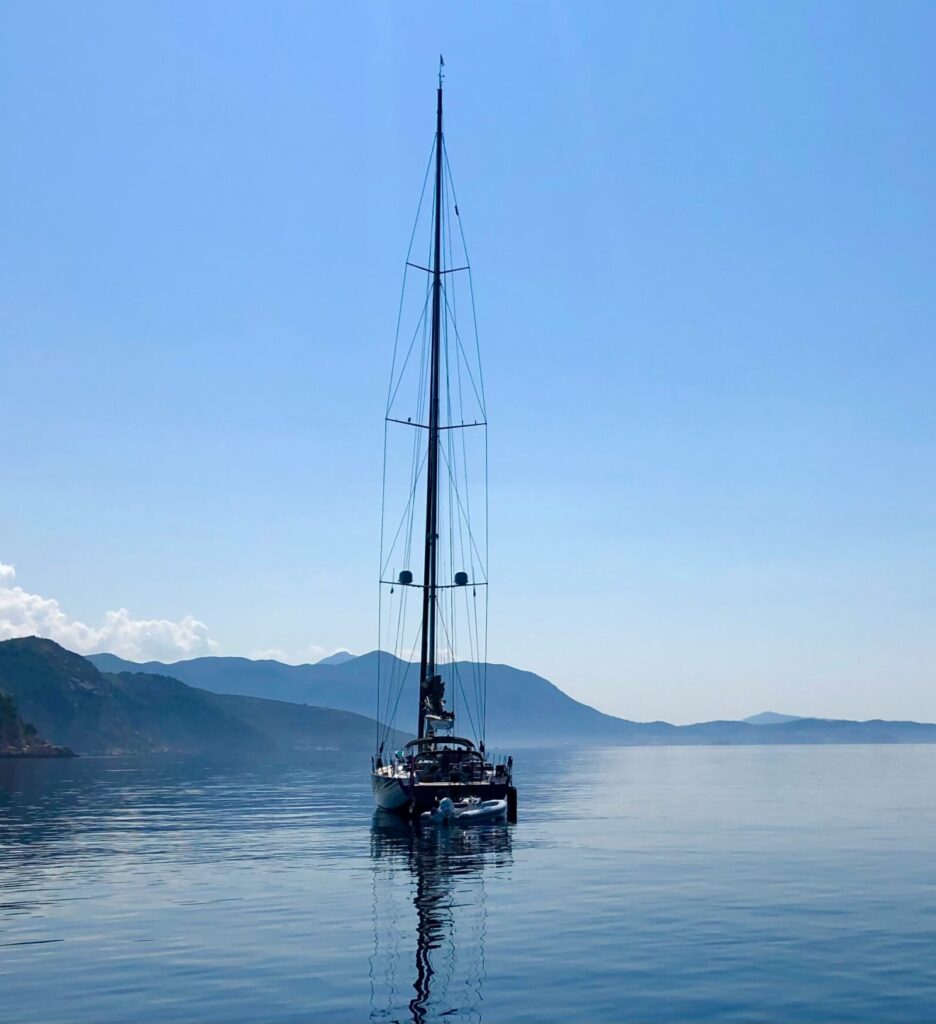
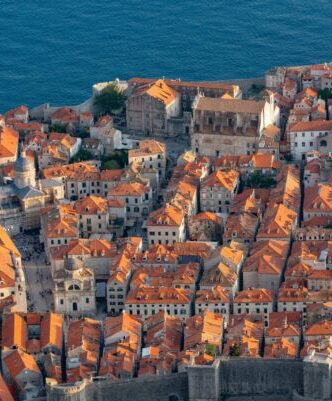
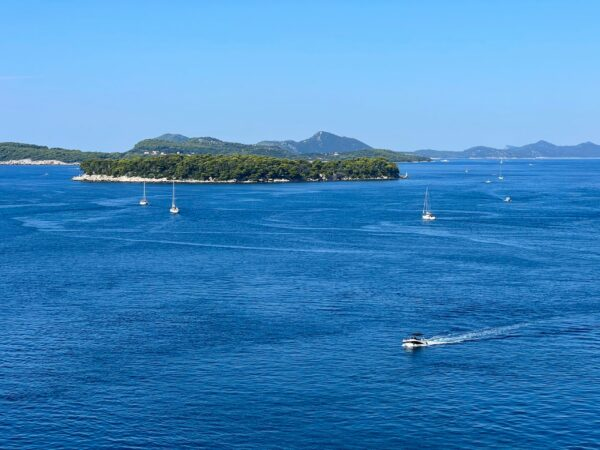
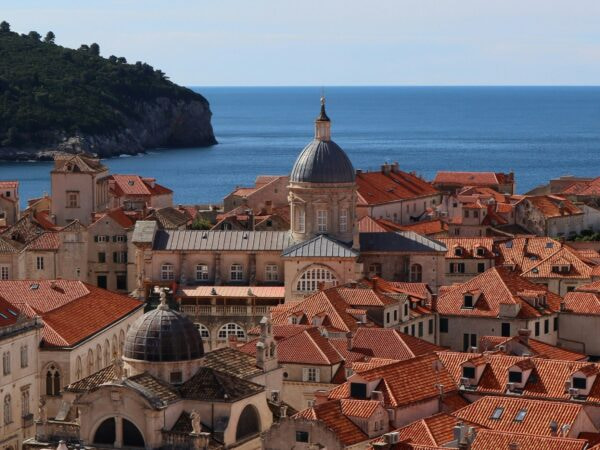
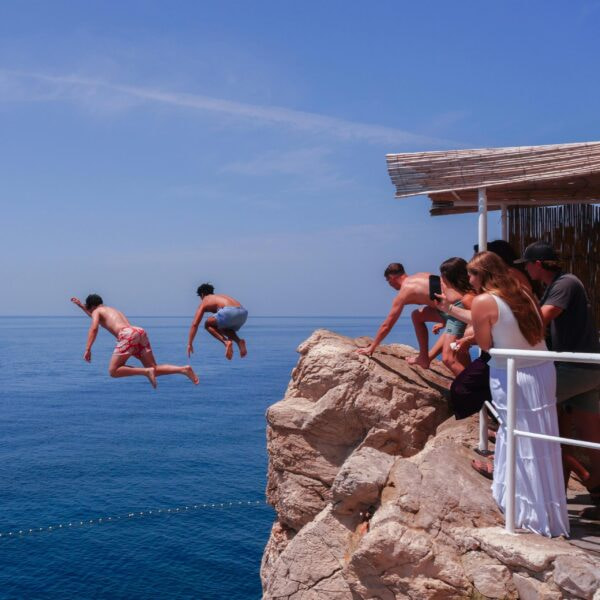
Andalusia Where Exile Created Beauty
The jasmine releases its perfume into the evening air as you step through the carved doorway of Hotel Villa Oniria in Granada, where Islamic gardens meet contemporary luxury within sight of the Alhambra’s red walls. Heat here doesn’t just warm it transforms, the way seven centuries of Al-Andalus transformed three cultures into something entirely new. In Córdoba’s courtyards, fountains still echo verses carved in Arabic, and in Seville’s hidden tablaos, the staccato of flamenco heels against tile carries the raw memory of exile and return. For seven centuries, Al-Andalus proved that cultural fusion could achieve extraordinary sophistication. When that world ended in 1492, its aesthetic didn’t disappear it evolved, carrying its sophisticated sensuality across oceans and centuries. At Abantal in Seville, Michelin-starred dishes trace North African spices through Spanish history, each bite tasting of saffron journeys and pomegranate memories. The Parador de Granada occupies a former convent within the Alhambra itself, where guests drift off to sleep serenaded by fountains that have murmured the same Arabic poetry for eight hundred years.
Andalusian culture was always cosmopolitan. Jewish scholars preserved Greek philosophy in Arabic. Muslim architects incorporated Roman engineering. This synthesis created an aesthetic that influenced the entire Mediterranean you’ll recognize Andalusian geometry in Istanbul’s tiles, Andalusian garden design in Dubrovnik’s courtyards.
Private access to the Alhambra’s restricted areas comes with Islamic art specialists who decode centuries of hidden symbolism. Flamenco performances in historic caves reveal where Romani, Arab, and Andalusian traditions merged into pure emotion. Culinary tours trace Sephardic recipes from Córdoba’s Jewish quarter to Istanbul’s contemporary kitchens, following flavors across centuries.
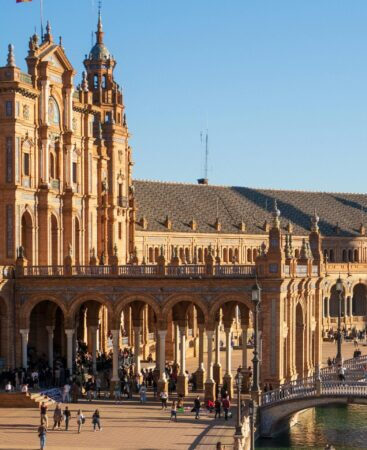
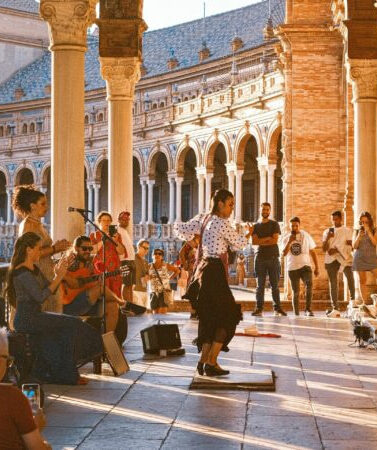
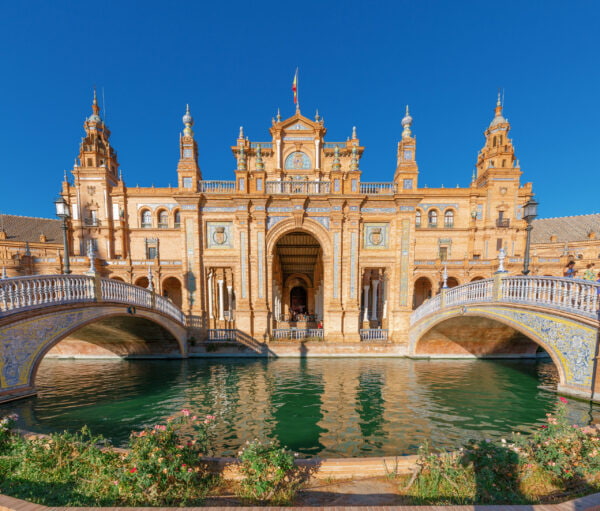
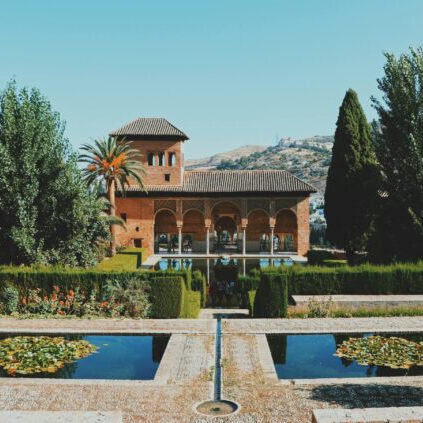
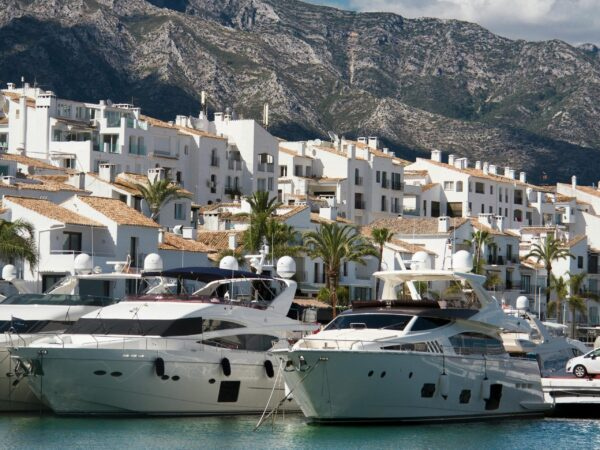
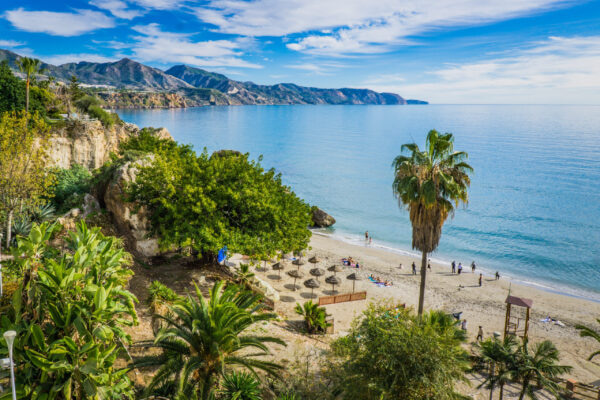
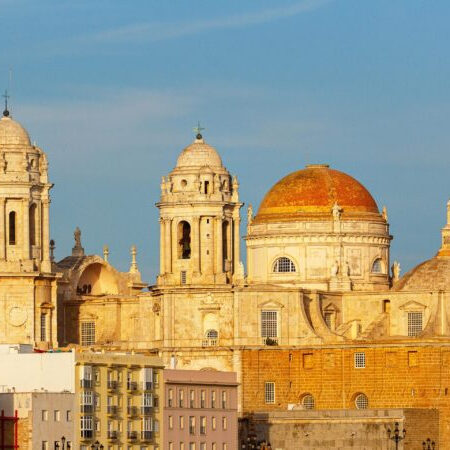
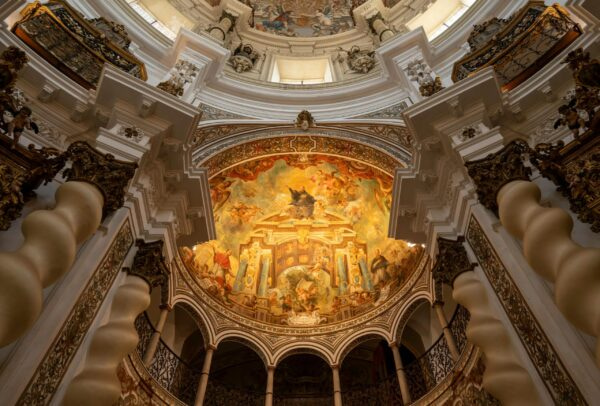
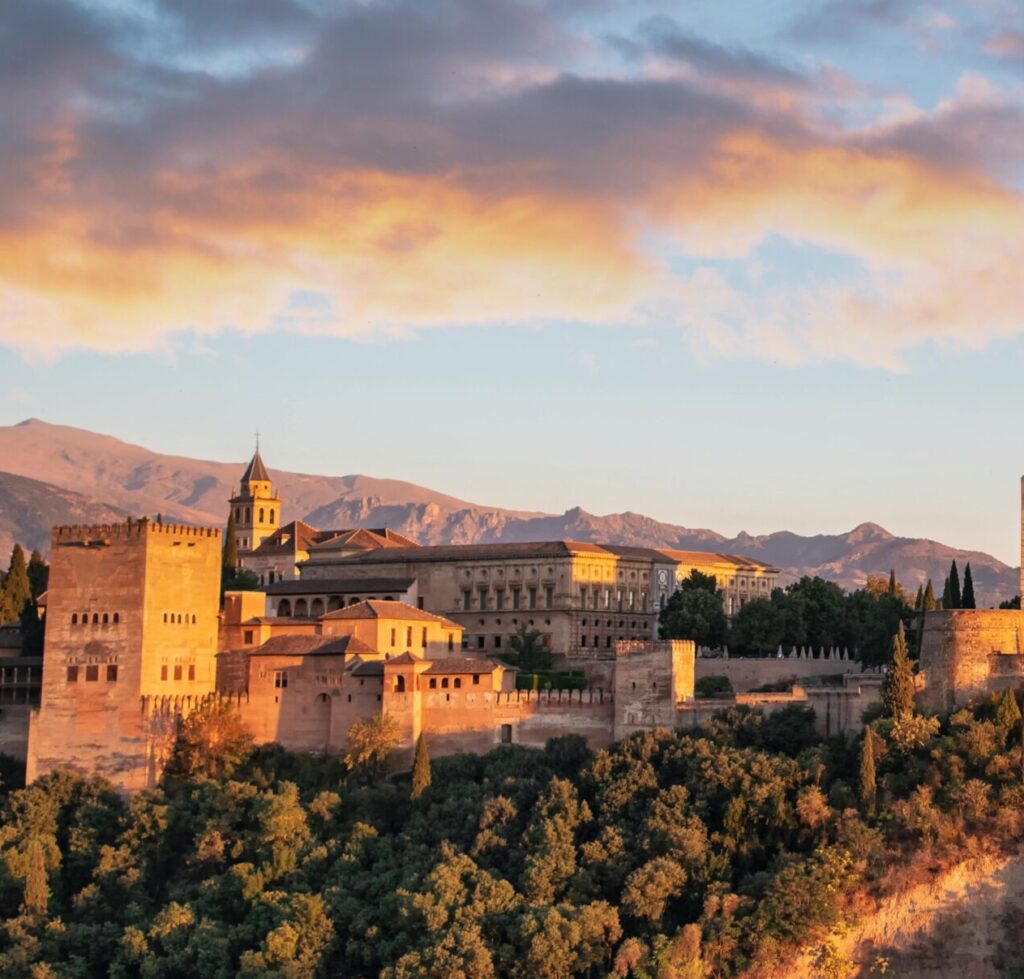
Marseille & Provence Where All Roads Lead
The shout of vendors mixing with Arabic, Corsican, and Provençal accents fills the morning air as you walk through Noailles market, where the scent of merguez mingles with fresh mint and the salt breeze from the Old Port. Marseille has been a port of arrival for 2,600 years, and every immigration adds another layer to the city’s living symphony. At the Intercontinental Marseille Dieu an 18th-century hospital transformed into suites overlooking the harbor where Phoenician traders once anchored you taste this fusion at its most refined. Le Petit Nice offers three Michelin stars for bouillabaisse that represents centuries of Mediterranean convergence, each spoonful carrying the essence of saffron from Andalusia, techniques from Catalonia, and fish from waters that connect all shores. In nearby Provence, Château de Berne provides wine country luxury among vineyards that trace back to Greek colonization, where Roman stone foundations still anchor vines that produce wine tasting of lavender, honey, and two millennia of Mediterranean sun.
Marseille proves that Mediterranean culture was never pure it was always mixed, traded, shared. The city’s contemporary energy comes from this same process: North African markets beside Provençal restaurants, Greek Orthodox churches near Armenian bakeries, Corsican charcuterie shops beside halal butchers. Market tours through Noailles with renowned chefs reveal how they source ingredients from across the Mediterranean’s cultural spectrum. Private wine tastings in Provence trace viticulture from ancient Greek techniques to modern biodynamics. Cultural walks through immigrant neighborhoods mirror ancient patterns of Mediterranean settlement, where every arrival adds to the city’s living museum.
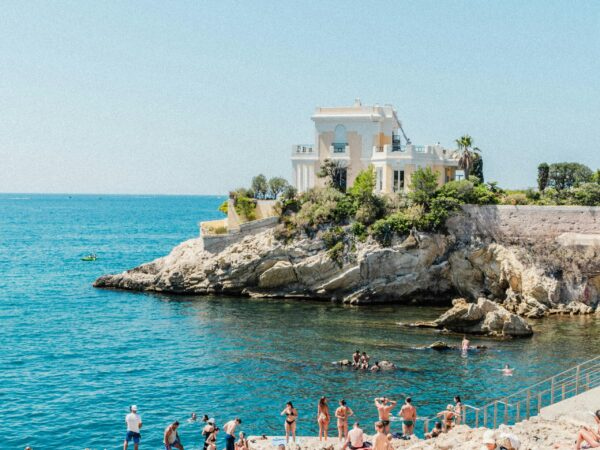
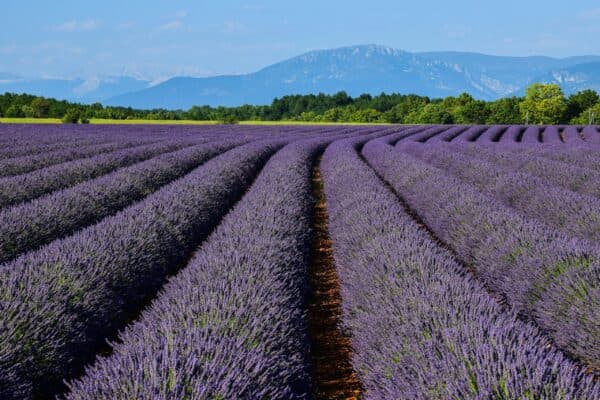
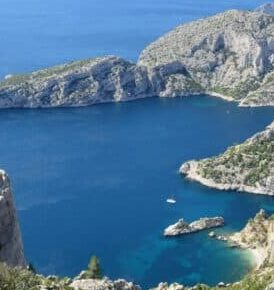
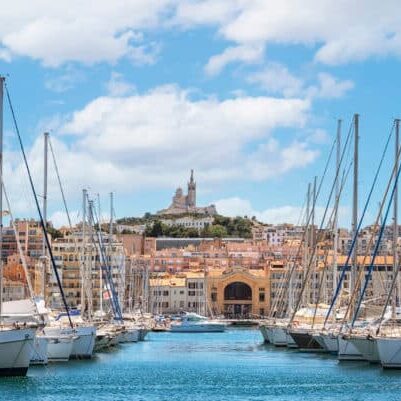
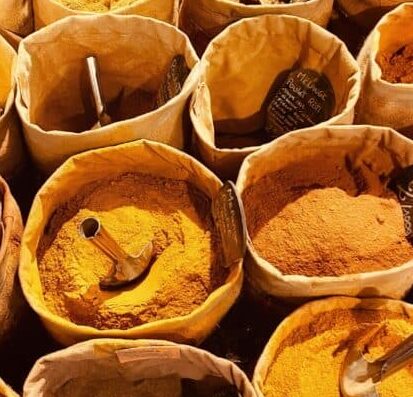
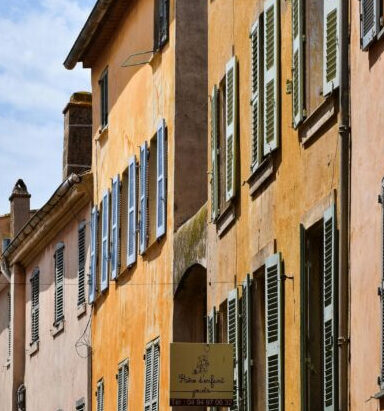
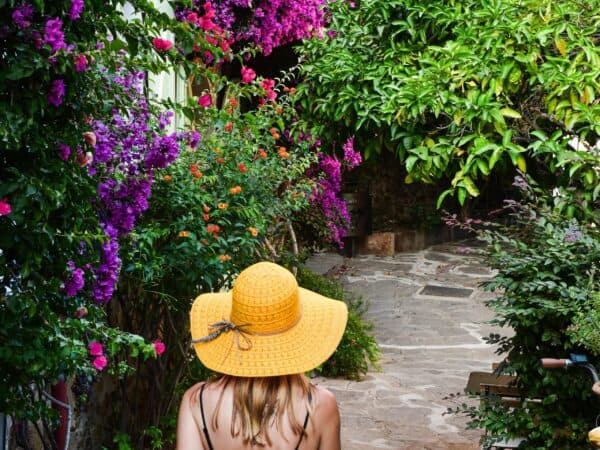
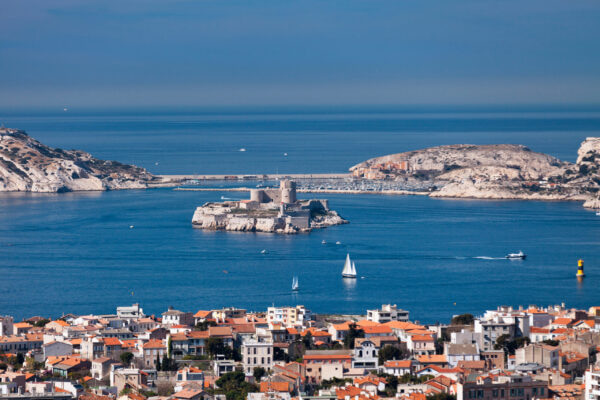
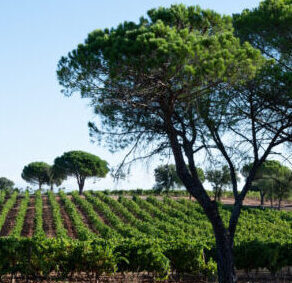
The Thread Continues
Each destination reveals how Mediterranean civilizations shaped each other through trade, migration, and exchange. The spices you taste in Istanbul season the fish in Marseille. The architectural details you admire in Dubrovnik echo the palaces of Granada. The philosophical discussions in Athens continue in the cafés of Andalusia. The Mediterranean remains what it always was: not a barrier between continents, but a highway between cultures. This journey follows that highway in the comfort it deserves, revealing connections that most travelers never see. Ready to trace these ancient routes with contemporary luxury? Contact us to design your Mediterranean cultural journey.
F.A.Q
Beyond the usual sights, the Mediterranean hides cultural treasures where the past still breathes. In Istanbul, you can explore the quiet ateliers of Zincirli Han. In Athens, catch the sunset from Philopappos Hill or wander through the Byzantine Museum. Dubrovnik’s Sephardic quarter reveals centuries of resilience, while Andalusia’s forgotten Medina Azahara offers a glimpse into lost grandeur. In Marseille, the Greek ruins of Jardin des Vestiges and the spice-laden Noailles Market reflect a city shaped by migration and exchange. These are places where culture lingers in the quiet corners, waiting for those who seek more than the obvious.
To fully enjoy a Mediterranean cultural journey, plan for about ten to fourteen days. This allows you to move gracefully between key destinations such as Istanbul, Athens, Dubrovnik, Andalusia, and Provence. With this rhythm, you can enjoy private guided visits, local cuisine, and immersive experiences without rushing. Each stop reveals a different layer of Mediterranean heritage, offering both elegance and depth.
The most rewarding times to visit the Mediterranean are in spring, from April to June, and in early autumn, from September to October. These seasons offer mild weather, fewer crowds, and a calendar rich in local festivals and seasonal flavors. In spring, you’ll find blooming landscapes and vivid light for photography. Autumn brings harvests, truffle markets, and quieter access to historical sites. These months create the perfect balance between authenticity and comfort.


